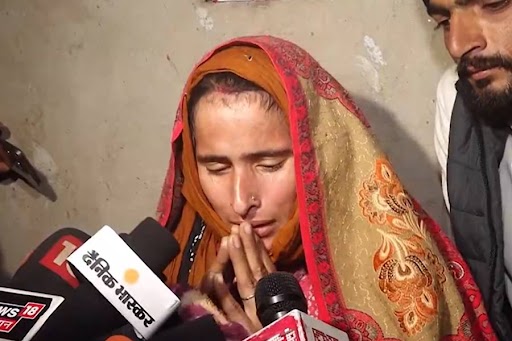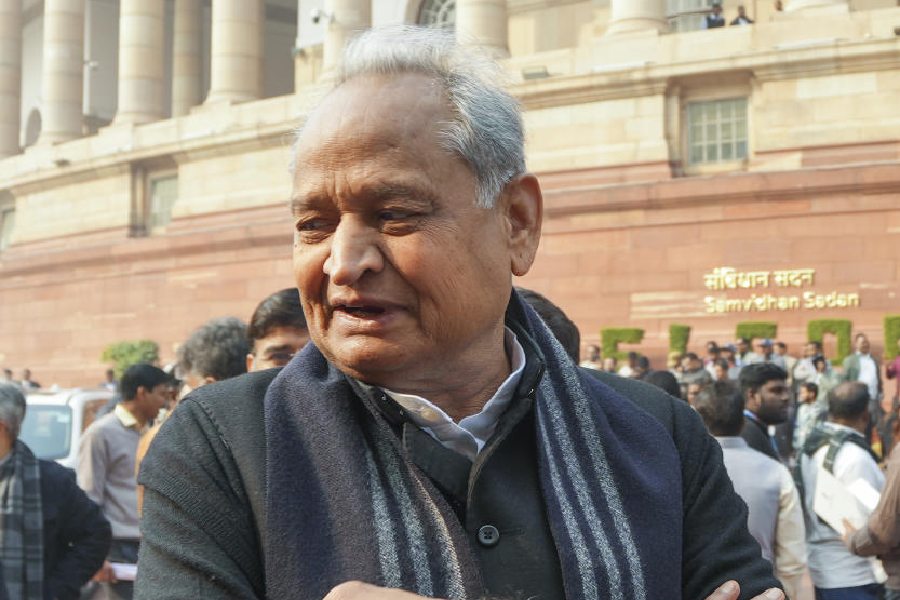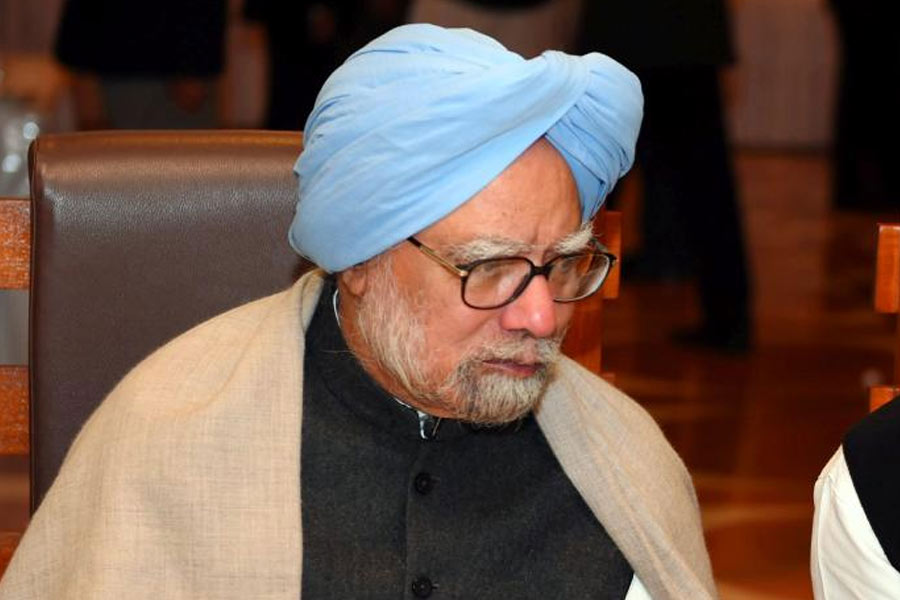The WHO has recently said the current outbreak of the Chandipura virus in India is the largest in 20 years.
According to the global health body, between early June and August 15, the Ministry of Health reported 245 cases of AES (Acute Encephalitis Syndrome), including 82 deaths (case fatality rate or CFR 33 per cent).
A total of 43 districts in India are currently reporting AES cases.
Of these, 64 are confirmed cases of the Chandipura virus (CHPV) infection.
"CHPV is endemic in India, with previous outbreaks occurring regularly. However, the current outbreak is the largest in the past 20 years," the World Health Organisation (WHO) said in its Disease Outbreak news on August 23.
CHPV is a member of the Rhabdoviridae family and is known to cause sporadic cases and outbreaks of AES in western, central and southern parts of India, especially during the monsoon season.
Cases are sporadically present across various districts as in previous outbreaks. Notably, there is a rise in CHPV outbreaks every four to five years in Gujarat.
It is transmitted by vectors such as sandflies, mosquitoes and ticks. The CFR from the CHPV infection is high (56-75 per cent) and there is no specific treatment or vaccine available.
"Survival can be increased with early access to care and intensive supportive care of patients," the WHO said.
Surveillance efforts should be enhanced in high-risk areas, focusing on people at risks, such as children below 15 years of age presenting with acute onset of fever and central nervous system symptoms, it said.
It is important to ensure that laboratory diagnostic capacities are available, including for timely collection, transport and testing of serum and cerebrospinal fluid samples for serological and virological investigation at a referral laboratory, the WHO said.
A declining trend in the number of new AES cases has been observed daily since July 19, it added.
To date, no human-to-human transmission has been reported.
In 2003, a large outbreak of AES was reported in Andhra Pradesh, with 329 suspected cases and 183 deaths. A study suggests that this was due to CHPV.
Although authorities are working to control CHPV transmission, further transmission of the virus is possible in the coming weeks as the monsoon season is creating favourable conditions for vector populations in the affected areas.
The WHO recommended vector control and protection against the bites of sandflies, mosquitoes and ticks to prevent the further spread of CHPV.
Highlighting the control and prevention measures, the WHO said the Union health ministry has deployed a National Joint Outbreak Response Team (NJORT) to assist the Gujarat government in undertaking public health measures and for conducting a detailed epidemiological investigation into the outbreak.
Comprehensive insecticidal spraying and fumigation are being carried out to control vectors, such as sandflies, that transmit the virus.
Initiatives are underway to provide information to the public and medical personnel about the virus, its symptoms and preventive measures.
The WHO further said the Gujarat Biotechnology Research Centre (GBRC) is actively researching to identify other viruses causing encephalitis and is closely monitoring the situation.
Except for the headline, this story has not been edited by The Telegraph Online staff and has been published from a syndicated feed.











